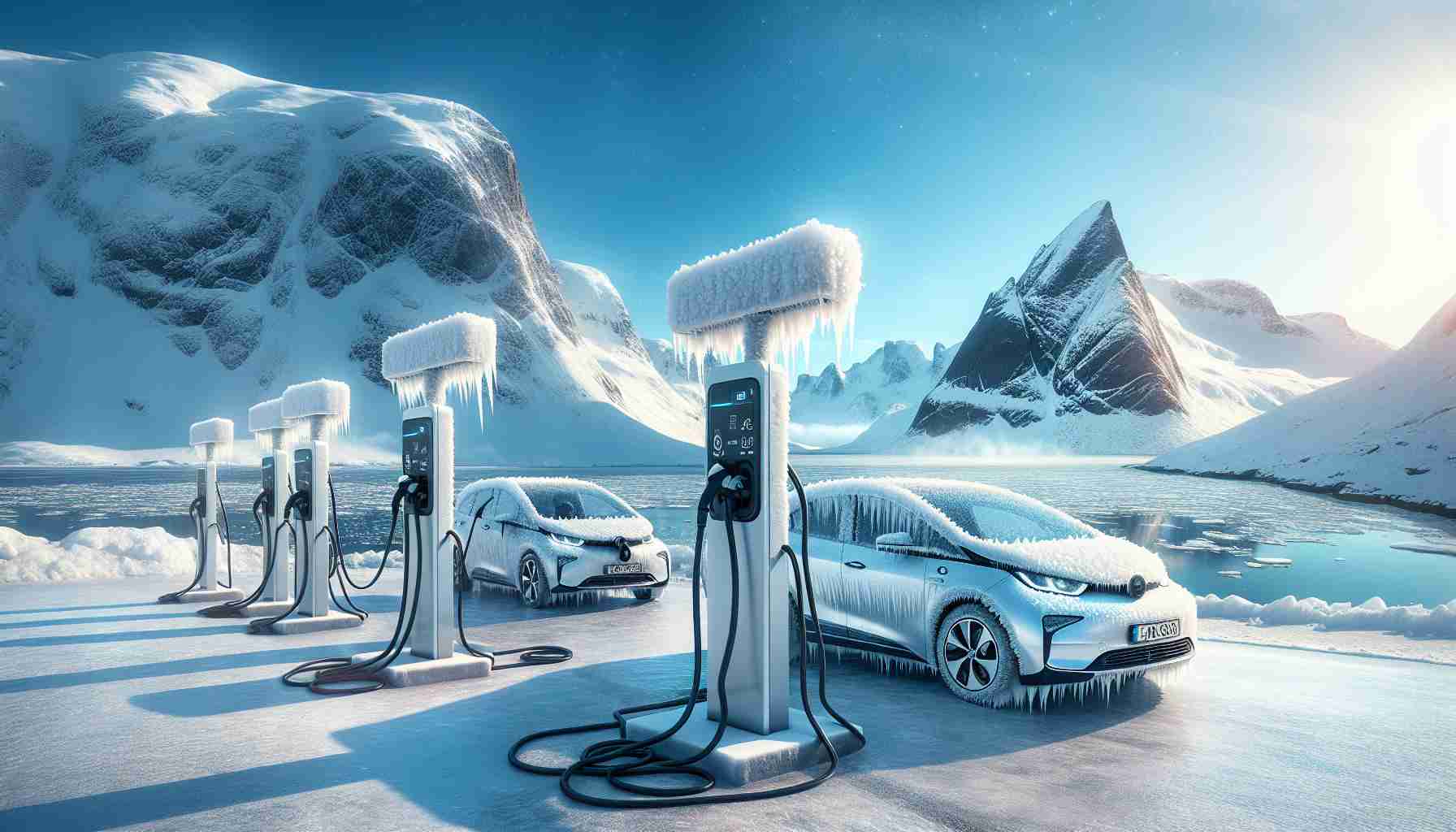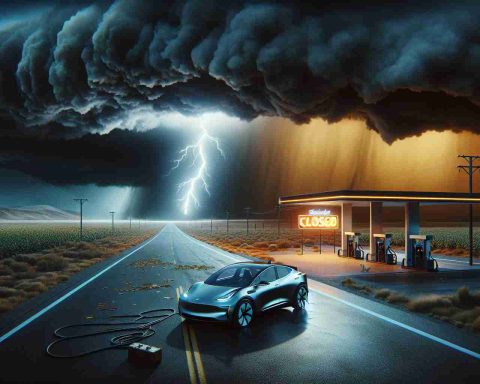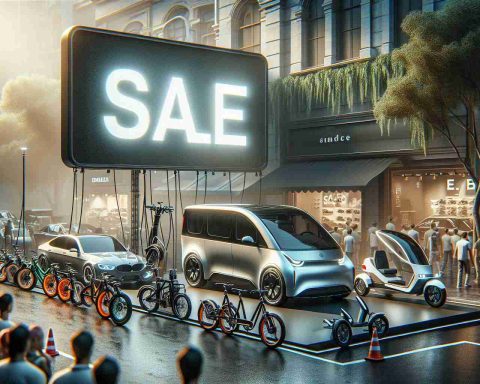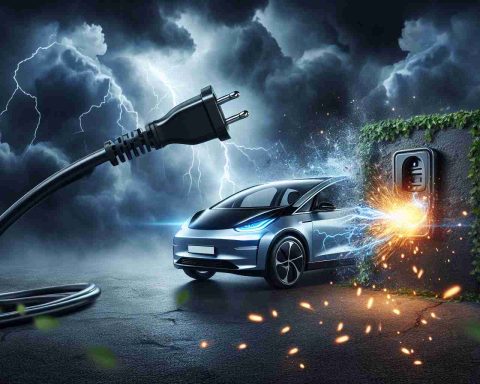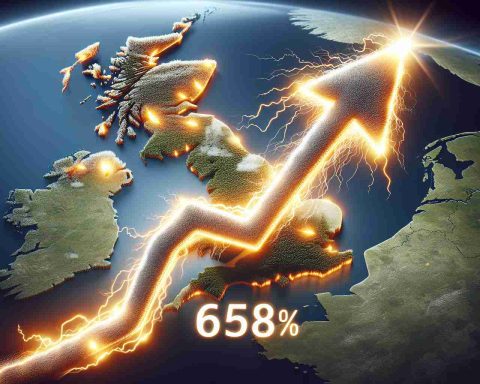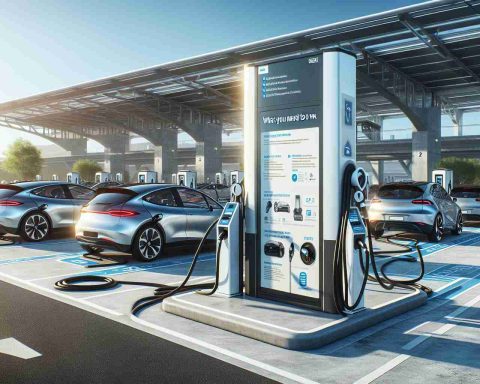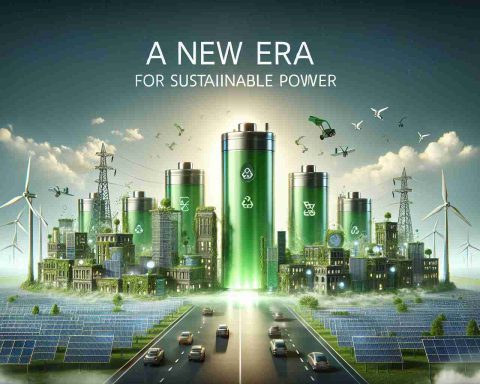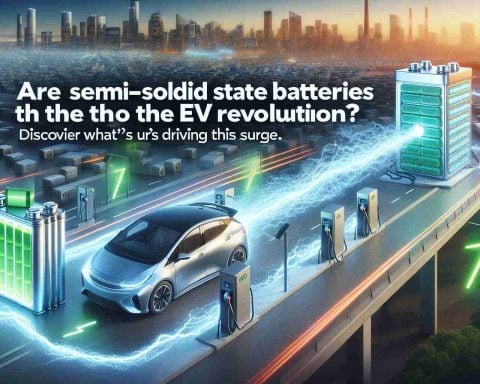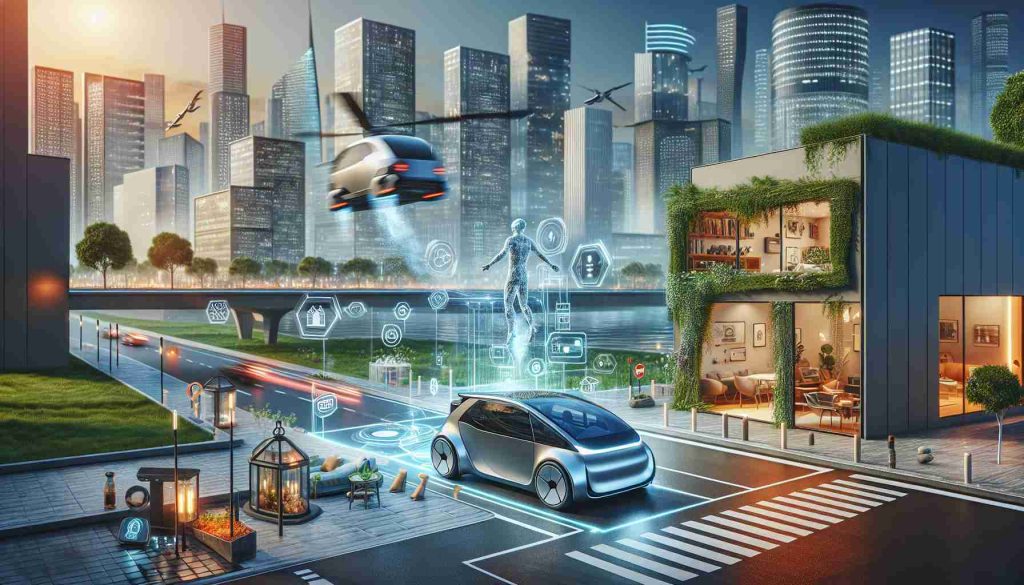- Norway leads in EV sales, with 96% of new cars sold being electric.
- Cold weather does not significantly hinder EV performance, with many models excelling in winter conditions.
- Tesla has outperformed traditional gas vehicles in Norway for four years straight.
- The Model S has shown impressive range capabilities, achieving up to 530 km on a single charge.
- Norway’s supportive policies, including tax exemptions and easy charging solutions, enhance EV accessibility.
- The country aims to phase out new gas-powered cars by 2024, reinforcing its commitment to electrification.
In a stunning display of innovation, Norway is transforming the electric vehicle (EV) landscape, with a jaw-dropping 96% of new car sales now electric. Despite bone-chilling winters, EVs have proven themselves not only viable but thriving in icy conditions, casting aside old fears about cold-weather battery performance.
In the heart of this revolution, Tesla has been a trailblazer, outselling gas-powered vehicles for four consecutive years. While it’s true that battery efficiency dips with frigid temperatures, studies reveal that Tesla’s range remains remarkably robust. For instance, the Model S was a winter warrior, achieving an astonishing 530 km (329 miles) on a single charge, showcasing its exemplary performance under cold conditions. The Model Y, a favorite among Norwegians, only saw a minor 26% reduction in range during extreme cold, proving its resilience.
But it’s not just the cars; Norway’s policies are game-changers. By avoiding tariffs on Chinese EVs and providing hassle-free charging options, the country has made EV ownership accessible and practical.
As the clock ticks down to a 2024 deadline for phasing out new gas-powered cars, Norway serves as a shining beacon for the global shift toward electrification. This compelling narrative is a powerful reminder: Electric vehicles are not only the future—they are proving to be a viable option for even the harshest climates.
Norway’s EV Revolution: What You Need to Know!
Norway’s Electric Vehicle Landscape
Norway’s electric vehicle (EV) market is experiencing an unprecedented surge, characterized by innovative policies, consumer acceptance, and an impressive 96% of new car sales being electric. The country is shattering previous assumptions about EV performance in extreme climates while providing a roadmap for global electrification.
Key Features of Norway’s EV Transformation
1. Government Incentives: Norway has implemented a range of incentives for EV owners, including exemption from value-added tax (VAT), reduced tolls, and access to bus lanes. These measures significantly lower the total cost of ownership and encourage widespread adoption.
2. EV Infrastructure: The nation boasts one of the most comprehensive charging networks in the world, with over 27,000 charging stations, making long-distance travel feasible even during the harsh winters.
3. Innovative Technologies: Norwegian manufacturers are exploring cutting-edge battery technologies, including solid-state batteries and enhanced thermal management systems, aimed at improving performance in cold conditions.
Market Trends and Forecasts
Forecasts predict that Norway will continue to lead the global EV market. Analysts estimate that by 2025, EV sales could reach 98% of all new car registrations. Sustainability efforts are pushing the envelope, with more focus on lifecycle emissions and recycling of battery materials.
Pros and Cons of Electric Vehicles in Norway
Pros:
– Reduced Emissions: EVs contribute significantly to lowering Norway’s carbon footprint.
– Cost Savings: Lower operational costs compared to traditional gasoline vehicles in terms of maintenance and fuel.
– Performance in Cold Climates: As seen with Tesla models, newer EVs can maintain durability and range during winter months.
Cons:
– Charging Infrastructure Challenges: Despite a robust network, rural areas may still face limitations in charging access.
– High Initial Costs: The upfront price of EVs can be higher than conventional vehicles, although this is offset by incentives.
Security and Sustainability Aspects
Security in EV technology remains a hot topic, especially concerning software updates and data privacy. Battery safety and recycling practices are also crucial in minimizing environmental impact.
Answers to the Most Important Related Questions
1. How do electric vehicles perform in cold weather?
Electric vehicles, particularly models from manufacturers like Tesla, have shown impressive performance in frigid conditions. The Model S can achieve up to 530 km (329 miles) on a single charge, while popular models like the Model Y only experience a reduction in range of 26% during extreme cold.
2. What are the main government policies fueling Norway’s EV growth?
Norway’s lack of tariffs on Chinese EVs, generous tax exemptions, and comprehensive charging infrastructure create a favorable environment for consumers. The government’s commitment to phasing out gasoline vehicles by 2024 is a pivotal factor in accelerating EV adoption.
3. What innovations are being developed to improve EV performance in cold climates?
Norwegian manufacturers are advancing battery technologies, focusing on solid-state batteries and improved thermal management systems. These innovations aim to enhance battery efficiency and range, even in extreme weather conditions.
For more insights on electric vehicles and Norway’s role in the EV market, visit norway.no.
